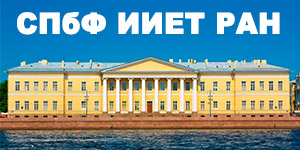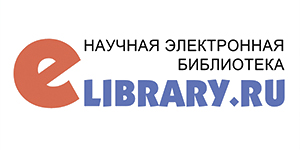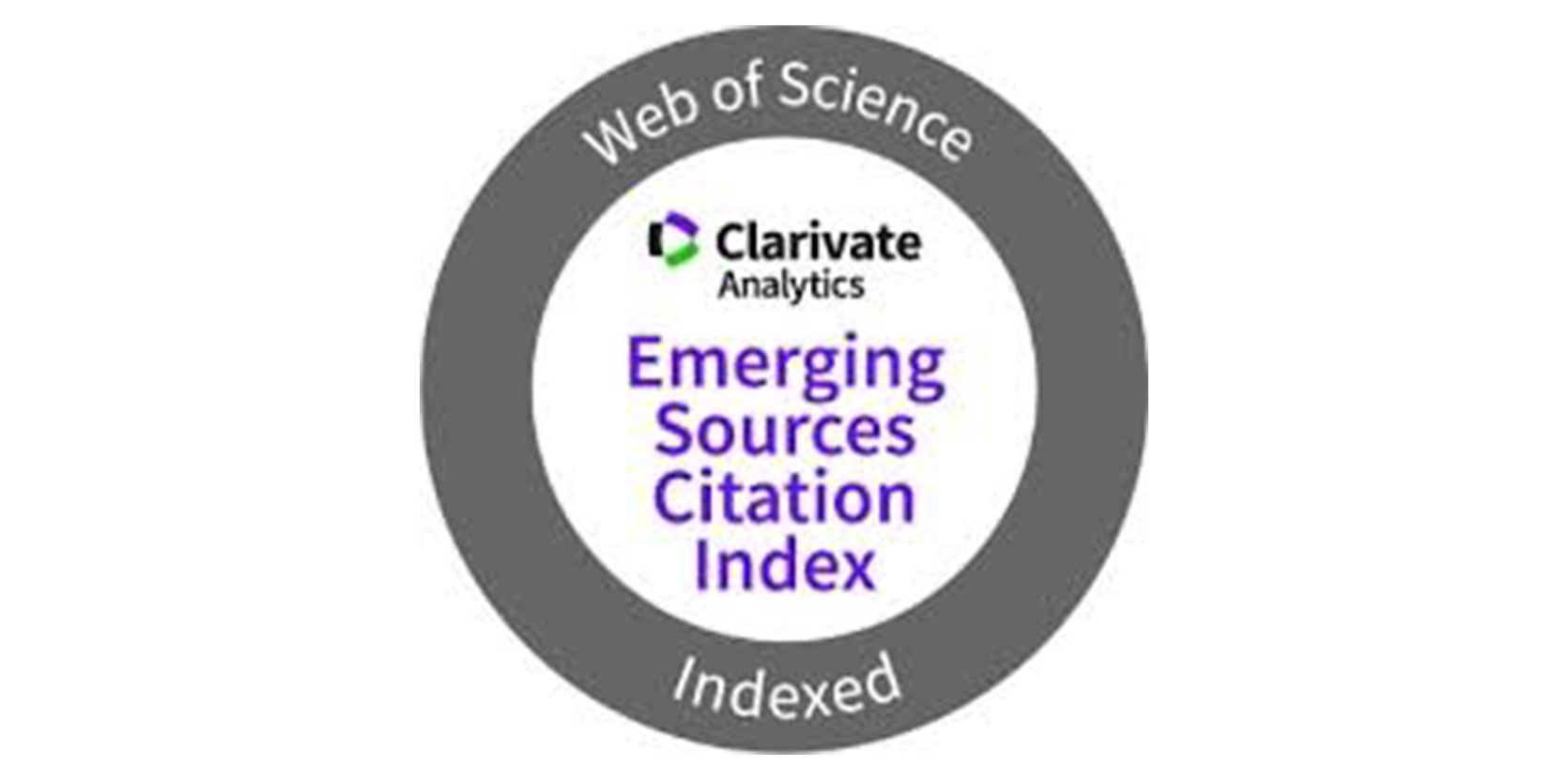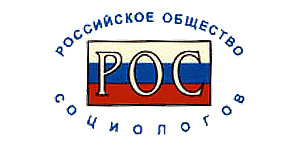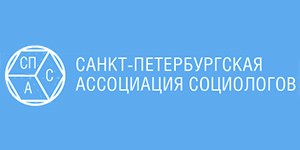Маргинальность и лидерство в науке
Шиповалова Лада Владимировна
Санкт-Петербургский государственный университет, Санкт-Петербург, Россия
КЛЮЧЕВЫЕ СЛОВА:МАРГИНАЛ, ЛИДЕР, УЧЕНЫЙ, ЗНАНИЕ, ИННОВАЦИЯ, ПРИМЕНЕНИЕ, УПРАВЛЕНИЕ, MARGINAL,LEADER, SCIENTIST, KNOWLEDGE, INNOVATION, APPLICATION, MANAGEMENT
АННОТАЦИЯ:В статье осуществляется анализ концептов лидерства и маргинальности, с целью пересечения их смыслов в исследовательском поле науки. На основании анализа концепта лидерства обнаруживается, что характеристика маргинальности вписывается в контекст взаимодействия подходов, сфокусированных на идентичности лидера с одной стороны и на условиях формирования лидерства с другой. Маргинальность при этом трактуется как характеристика лидера, одновременно служащая причиной актуализации его необходимых черт и стилей поведения. В ходе конкретизации концепта лидерства относительно науки предлагается трактовка характеристик современной научной деятельности, позволяющая предположить, что для успешного осуществления лидерских функций необходимо быть маргиналом. На основании анализа концепта маргинальности, выявляется амбивалентность понятия, включающая его интерпретацию как характеристики существования за границей и на границе. Значимость этого различия, а также дополнительности смыслов соотносится с современными эмпирическими исследованиями связи маргинальности и научной инновационности. Кроме того, описываются характеристики маргинального статуса в науке – владение альтернативными знаниями, навыками, исследовательскими практиками, общим научным языком, совмещение ролей ученого и менеджера. Утверждается, что эти характеристики способствуют успешному осуществлению функций научного лидера, включающих производство нового знания, работу над его применением и управление сообществом. Проведенный анализ актуален, поскольку служит необходимым дополнением уже проведенным эмпирическим исследованиям, а также основанием для будущих разработок.
Marginality and Leadership in Science
Shipovalova Lada V.
Saint Petersburg University
The article deals with the concepts of leadership and marginality. This conceptual analysis purposes to demonstrate their intersection in the field of science. Based on the analysis of the concept of leadership, I argue that the characteristic of marginality fits into the double context of the leadership research approaches. The first of these approaches focuses on the identity of the leader and the second one studies the conditions for the emergence and development of leadership. In this double context marginality is interpreted as such a characteristic of the leader, which at the same time serves as a reason for actualizing their necessary features and styles of behavior. In the course of specification of the concept of leadership in science, I propose a contradictory interpretation of the characteristics of modern scientific activity and conclude that for the successful implementation of leadership functions in science, it is necessary to be in the status of a marginal person.Based on the analysis of the concept of marginality, I point at the ambivalence of this concept so as it includes two interpretations as a characteristic of existence: fi outside the borderline and second on the borderline. I emphasize the signifi of this diff as well as the complementarity of such interpretations in correlation with the modern empirical studies of marginality and scientifi innovation. In addition, I describe some characteristics of the marginal status in science (the possession of alternative knowledge, skills, research practices, universal scientifi language, the combining of the roles of a scientist and a manager) which contribute to the successful performance of the role of a scientifi leader, including the production of new knowledge, work on its application, and community management.This analysis is important since it serves as the necessary complement to the already conducted empirical research, as well as the basis for future development.
